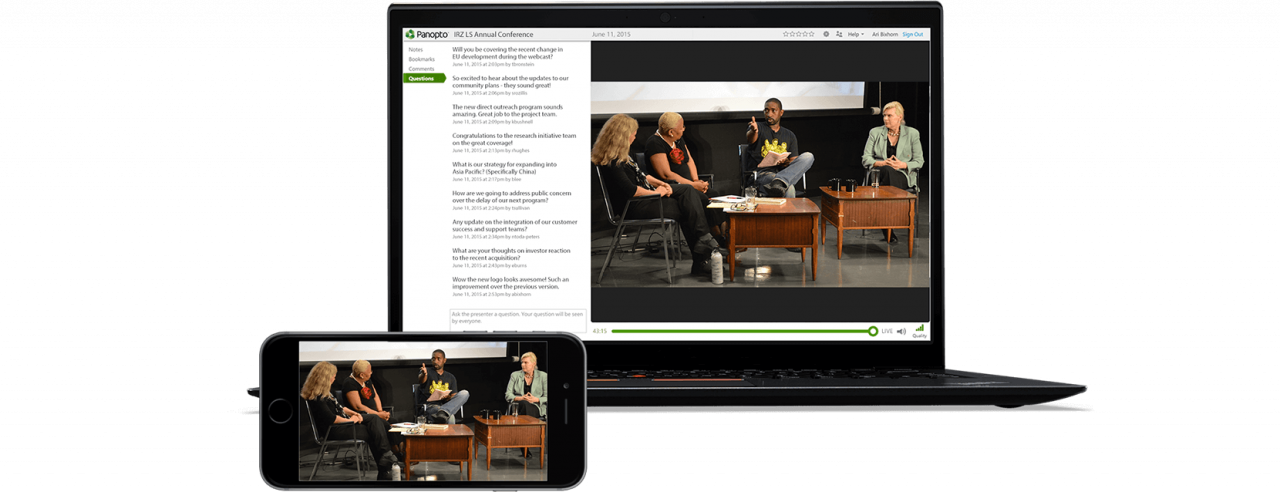

contains tutorials including technical guides to learn how to use specific technology as well as presentation skills guides to improve your on-camera performance, start with the Web Video Training and Tutorials and explore from there.The Digital Learning Resource Hub has many resources for recording videos.If no improvements are needed, the videos can be added to your course.

Your learning designer and instructional technologist will review the video and give feedback about what can be improved. FeedbackĪfter you’re satisfied with your recording, upload the video file to the shared storage location that your course development team agreed to use. If you have a recording tool you’d like to use that isn’t represented on the list, ask your instructional technologist if it’s acceptable to use. It’s likely that one of the following guides will be recommended to you. Your instructional technologist can help combine the parts with video editing software.ĭepending on your specific video recording needs and the tools you have available to you, your instructional technologist may recommend different tools. If a video has multiple complex parts, you can record the segments separately. It can also help to record a video multiple times to make the performance feel more natural and get the best takes. Vocal warm-ups are a good way to look and sound comfortable on camera and can help increase your energy level for a more engaging performance. When you’re ready to record a video, you’ll want to set aside uninterrupted time to rehearse and then record. If you’re unable to meet with your technologist to complete the setup, you may use the following guides to record a sample video and share it with them for feedback. If your recording equipment or environment cannot be modified sufficiently to bring your recording quality up to acceptable standards, your technologist may suggest alternative methods for recording videos. If done during a video conference meeting, the technologist will ask you to enable your webcam and may have to move your camera, body, or items in your environment around to compose the most aesthetically pleasing image and capture the highest quality audio. This will likely occur during a synchronous video conference meeting, but can be done asynchronously. Your instructional technologist will help with the setup of your recording equipment and environment. The script will be given a copy edit so that it is clean and readable when used as the basis for captions. Practice and polish both your words and your actions before submitting the script to the development team for review. It’s best to practice reading the script out loud a few times-phrases that seem perfectly fine on the page may be clunky or hard to get through when spoken aloud. Using a provided script template, you’ll write out what you want to say in the video and match your words with visual elements like graphics or photos, stage directions for yourself, or even physical objects you may want to show. Once that’s been decided, you can begin planning and preparing to record. Working with your development team, you’ll decide which content is best conveyed through video. If you need guides about specific technology, consult the Record Myself section of the Northwestern Digital Learning Resource Hub, visit the support website for your particular technology product, or contact your instructional technologist for assistance. By the end of this guide, you should have enough knowledge of the basics of digital camera and microphone technology to make a recording to share with your design team for feedback.ĭue to the variety of technology and scenarios that can be involved in recording a video of yourself on camera, this guide won’t specify any details about cameras or software. The steps in the guide can be used independently, but if it’s your first time recording a video it’s best to work with your team along the way. This guide is designed to help you record a video of yourself using a webcam.


 0 kommentar(er)
0 kommentar(er)
